Cover Page
PROPERTIES OF THE FOURIER TRANSFORM
COMMON FOURIER TRANSFORM PAIRS
Contents
Preface
CHAPTER 1 Fundamental Concepts
1.1 Continuous-Time Signals
1.2
Discrete-Time Signals
1.3
Systems
1.4
Examples of Systems
1.5
Basic System Properties
1.6 Chapter Summary
Problems
CHAPTER 2 Time-Domain Models of Systems
2.1 Input/Output Representation of Discrete-Time Systems
2.2 Convolution of Discrete-Time Signals
2.3 Difference Equation Models
2.4 Differential Equation Models
2.5 Solution of Differential Equations
2.6 Convolution Representation of Continuous-Time Systems
2.7 Chapter Summary
Problems
CHAPTER 3 The Fourier Series and Fourier Transform
3.1 Representation of Signals in Terms of Frequency Components
3.2 Trigonometric Fourier Series
3.3 Complex Exponential Series
3.4 Fourier Transform
3.5 Spectral Content of Common Signals
3.6 Properties of the Fourier Transform
3.7 Generalized Fourier Transform
3.8 Application to Signal Modulation and Demodulation
3.9 Chapter Summary
Problems
CHAPTER 4 Fourier Analysis of Discrete-Time Signals
4.1 Discrete-Time Fourier Transform
4.2 Discrete Fourier Transform
4.3 DFT of Truncated Signals
4.4 FFT Algorithm
4.5 Application to Data Analysis
4.6 Chapter Summary
Problems
CHAPTER 5 Fourier Analysis of Systems
5.1 Fourier Analysis of Continuous-Time Systems
5.2 Response to Periodic and Nonperiodic Inputs
5.3 Analysis of Ideal Filters
5.4 Sampling
5.5 Fourier Analysis of Discrete-Time Systems
5.6 Application to Lowpass Digital Filtering
5.7 Chapter Summary
Problems
CHAPTER 6 The Laplace Transform and the Transfer Function Representation
6.1
Laplace Transform of a Signal
6.2
Properties of the Laplace Transform
6.3
Computation of the Inverse Laplace Transform
6.4
Transform of the Input/Output Differential Equation
6.5
Transform of the Input/Output Convolution Integral
6.6
Direct Construction of the Transfer Function
6.7
Chapter Summary
Problems
CHAPTER 7 The z-Transform and Discrete-Time Systems
7.1 z-Transform of a Discrete-Time Signal
7.2 Properties of the z-Transform
7.3 Computation of the Inverse z-Transform
7.4 Transfer Function Representation
7.5 System Analysis Using the Transfer Function Representation
7.6 Chapter Summary
Problems
CHAPTER 8 Analysis of Continuous-Time Systems by Use of the Transfer Function Representation
8.1 Stability and the Impulse Response
8.2 Routh-Hurwitz Stability Test
8.3 Analysis of the Step Response
8.4 Response to Sinusoids and Arbitrary Inputs
8.5 Frequency Response Function
8.6 Causal Filters
8.7 Chapter Summary
Problems
CHAPTER 9 Application to Control
9.1 Introduction to Control
9.2 Tracking Control
9.3 Root Locus
9.4 Application to Control System Design
9.5 Chapter Summary
Problems
CHAPTER 10 Design of Digital Filters and Controllers
10.1 Discretization
10.2 Design of IIR Filters
10.3 Design of IIR Filters Using MATLAB
10.4 Design of FIR Filters
10.5 Design of Digital Controllers
10.6 Chapter Summary
Problems
CHAPTER 11 State Representation
11.1 State Model
11.2 Construction of State Models
11.3 Solution of State Equations
11.4 Discrete-Time Systems
11.5 Equivalent State Representations
11.6 Discretization of State Model
11.7 Chapter Summary
Problems
Appendix A Brief Review of Complex Variables
Appendix B Brief Review of Matrices
Bibliography
Index
COMMON LAPLACE TRANSFORM PAIRS
PROPERTIES OF THE LAPLACE TRANSFORM
Back Cover
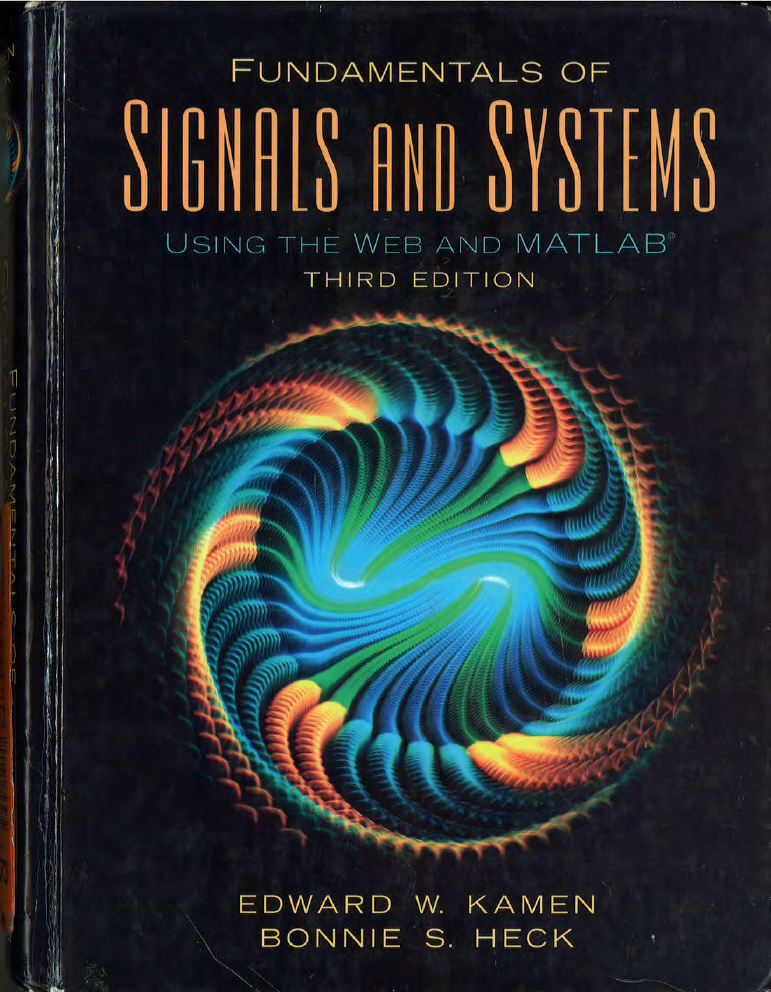
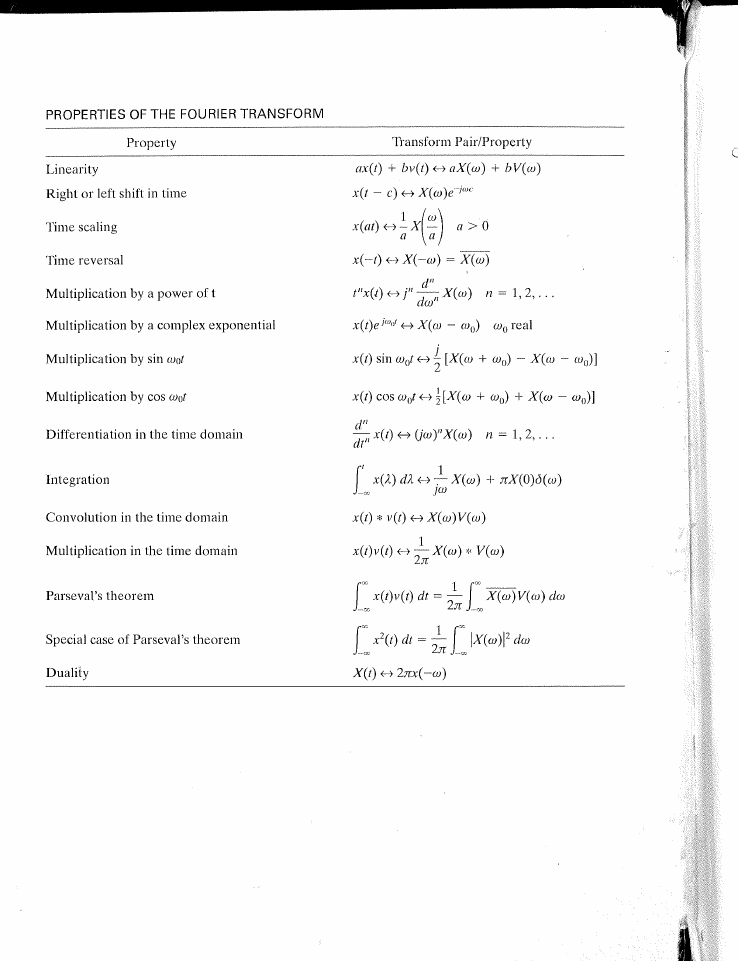
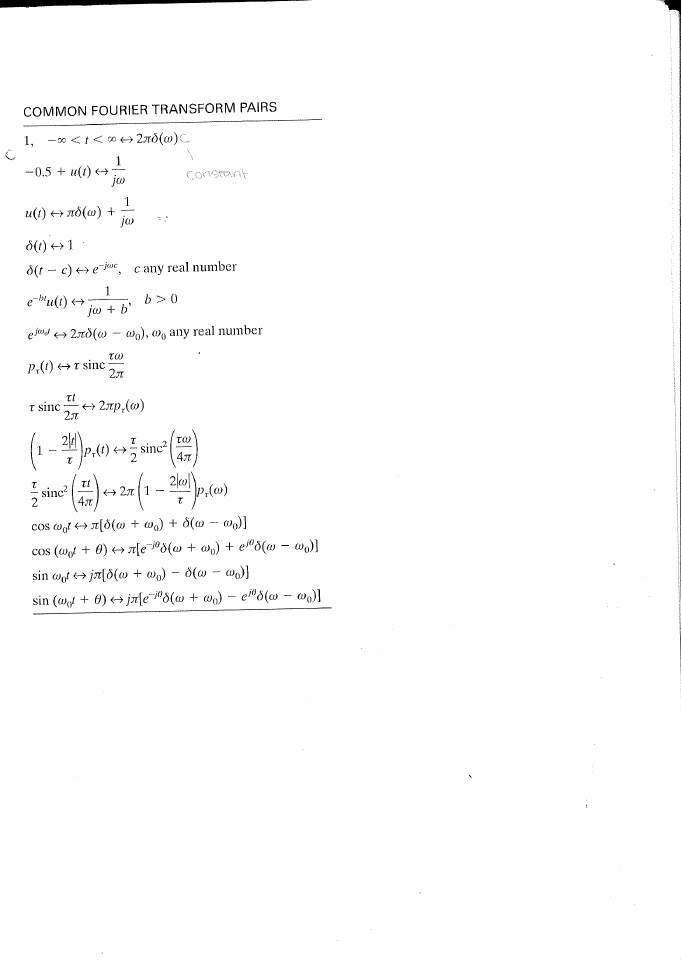
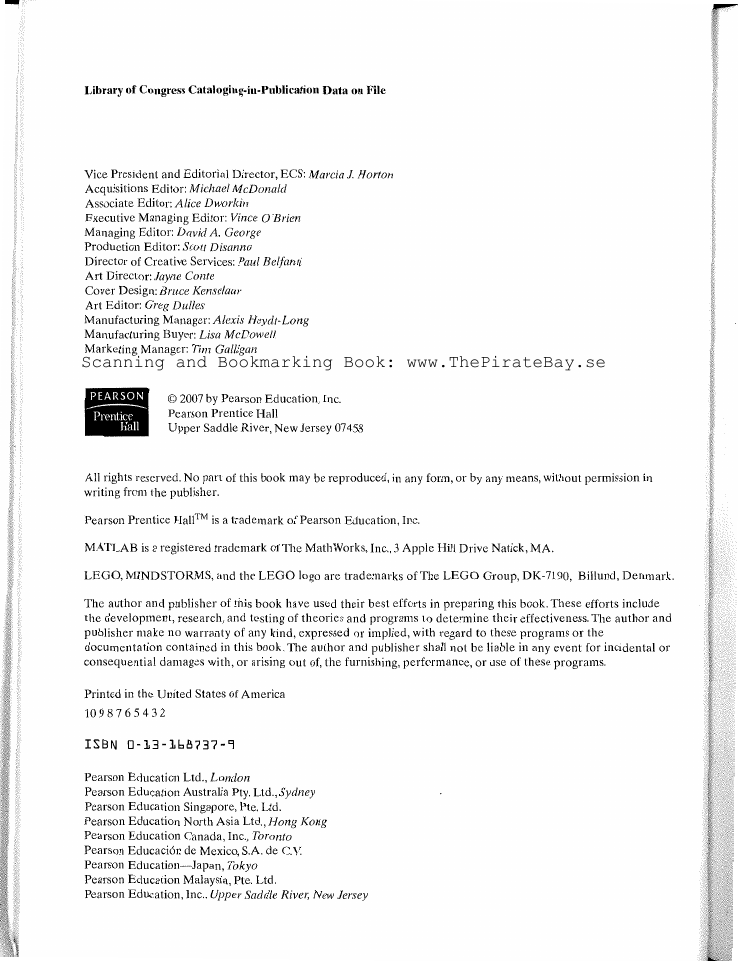
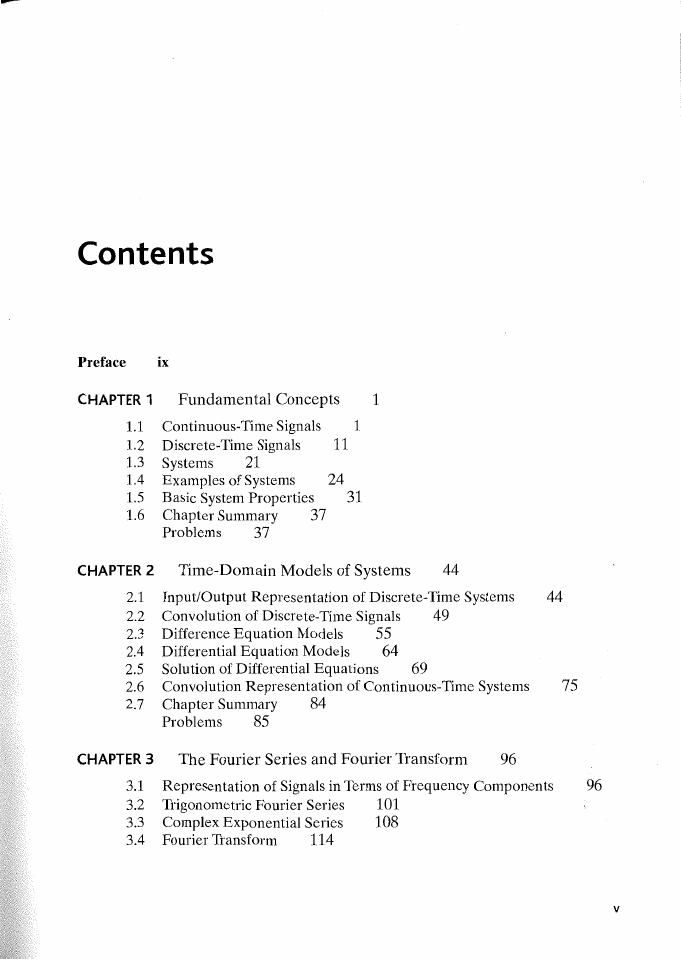
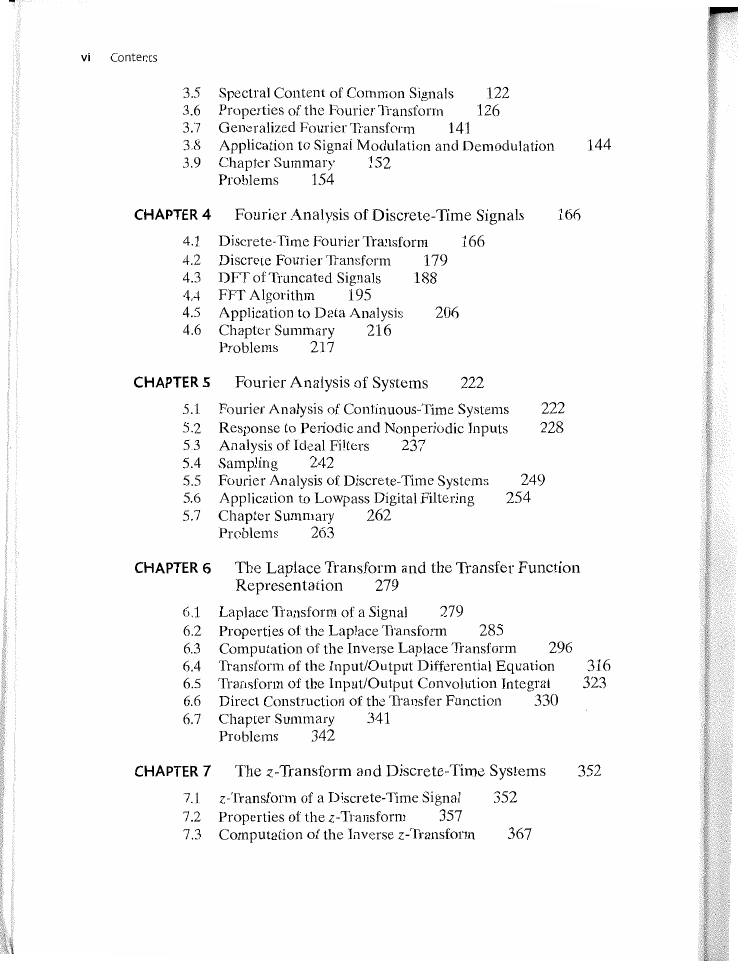

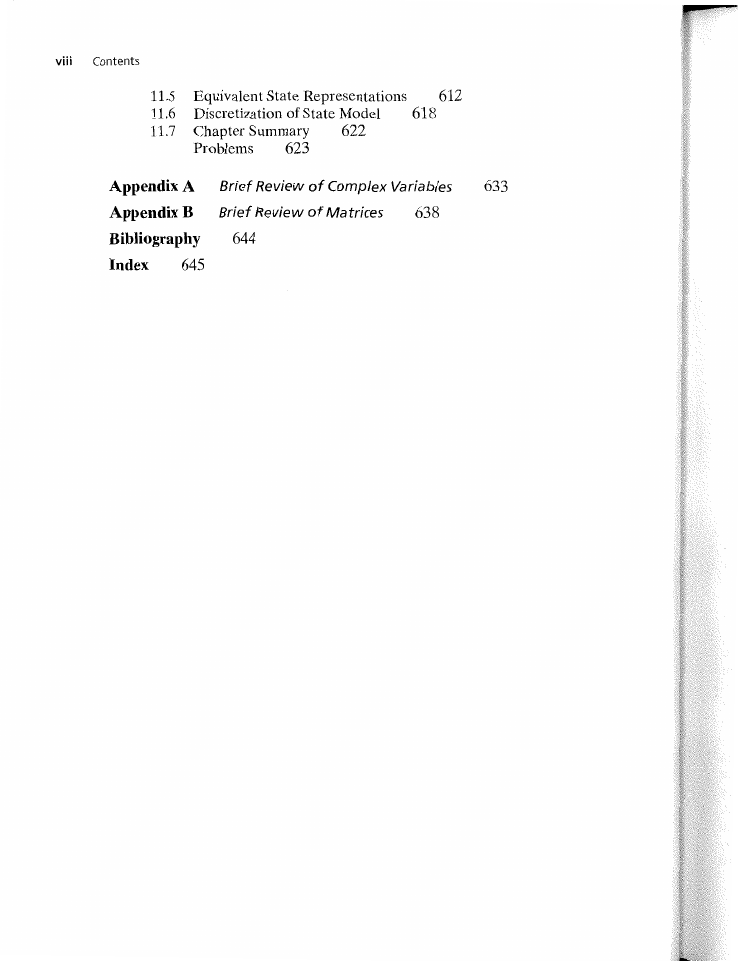








 2023年江西萍乡中考道德与法治真题及答案.doc
2023年江西萍乡中考道德与法治真题及答案.doc 2012年重庆南川中考生物真题及答案.doc
2012年重庆南川中考生物真题及答案.doc 2013年江西师范大学地理学综合及文艺理论基础考研真题.doc
2013年江西师范大学地理学综合及文艺理论基础考研真题.doc 2020年四川甘孜小升初语文真题及答案I卷.doc
2020年四川甘孜小升初语文真题及答案I卷.doc 2020年注册岩土工程师专业基础考试真题及答案.doc
2020年注册岩土工程师专业基础考试真题及答案.doc 2023-2024学年福建省厦门市九年级上学期数学月考试题及答案.doc
2023-2024学年福建省厦门市九年级上学期数学月考试题及答案.doc 2021-2022学年辽宁省沈阳市大东区九年级上学期语文期末试题及答案.doc
2021-2022学年辽宁省沈阳市大东区九年级上学期语文期末试题及答案.doc 2022-2023学年北京东城区初三第一学期物理期末试卷及答案.doc
2022-2023学年北京东城区初三第一学期物理期末试卷及答案.doc 2018上半年江西教师资格初中地理学科知识与教学能力真题及答案.doc
2018上半年江西教师资格初中地理学科知识与教学能力真题及答案.doc 2012年河北国家公务员申论考试真题及答案-省级.doc
2012年河北国家公务员申论考试真题及答案-省级.doc 2020-2021学年江苏省扬州市江都区邵樊片九年级上学期数学第一次质量检测试题及答案.doc
2020-2021学年江苏省扬州市江都区邵樊片九年级上学期数学第一次质量检测试题及答案.doc 2022下半年黑龙江教师资格证中学综合素质真题及答案.doc
2022下半年黑龙江教师资格证中学综合素质真题及答案.doc